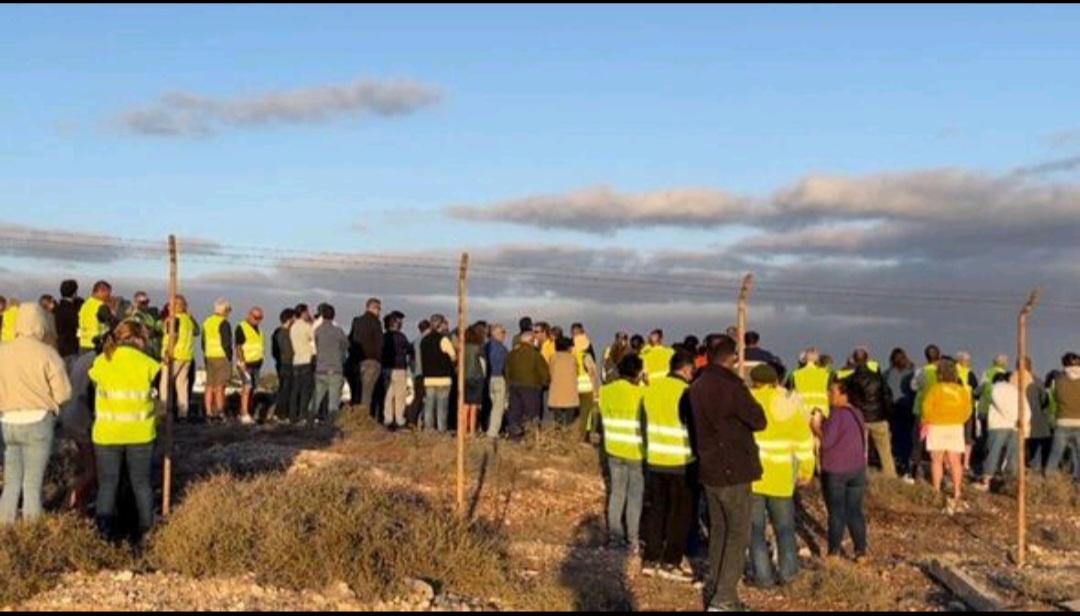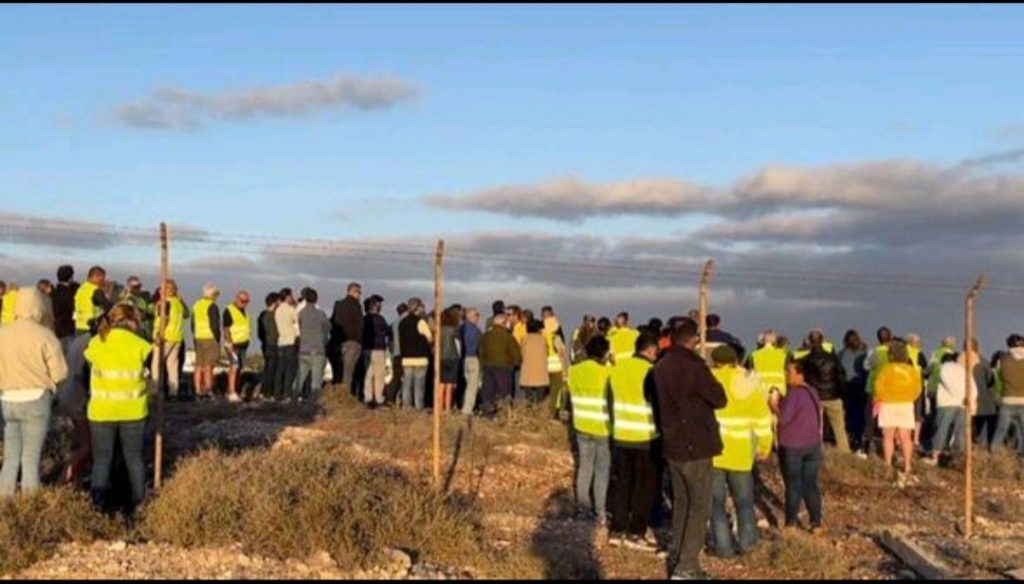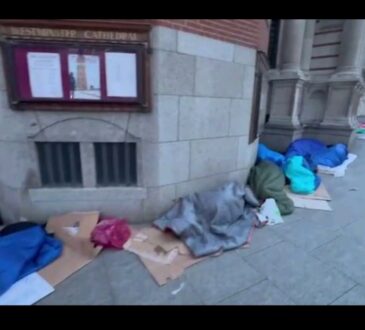
British expats and Spanish locals in a pretty Lanzarote village are outraged after being called “racist” for opposing a bid to put a huge migrant centre in the middle of their community on land that should be a park.

The idyllic charm of Güime, a picturesque village in Lanzarote, Canary Islands, is under threat as plans to establish a massive migrant center in the heart of this serene locale spark outrage among its residents. What was once envisioned as a tranquil park by the renowned Lanzarote artist César Manrique is now at the center of a contentious debate, pitting locals against authorities.
The Canary Islands have witnessed a staggering surge in illegal migrant arrivals, with numbers skyrocketing by 155 percent last year alone. More than 30,000 individuals undertook perilous journeys across the Atlantic from Africa, seeking refuge on European shores. As the influx intensifies, so does the strain on local resources and communities, sparking tensions and prompting controversial responses.
Güime, a quaint settlement adorned with whitewashed homes typical of the island, has found itself thrust into the spotlight of this migration debate. The proposed site for the migrant center, a 12,000 square meter plot known as El Polvorín, was earmarked by Manrique for transformation into a verdant park, a testament to his commitment to preserving Lanzarote’s natural beauty amidst rapid development for tourism.
However, the dreams of the locals for a serene park may be shattered as authorities eye the land for an alternative purpose. Despite the presence of an existing migrant center nearby, plans for the new facility in Güime have sparked widespread opposition. Residents fear that their beloved village will be irreparably altered, and their concerns are compounded by the inexplicable delay in utilizing a recently constructed 2.1 million euro complex near the port at Arrecife, funded by the European Union.
A police source, speaking to Spanish newspaper El Pais, expressed bewilderment at the situation, highlighting the proximity of the vacant complex to the port, where migrant boats regularly arrive. The failure to utilize this facility has left many scratching their heads, questioning the rationale behind proposals to establish a new center in Güime.
Residents, including British expatriates who have made Lanzarote their home for decades, are frustrated by accusations of racism hurled at them for voicing their opposition to the migrant center. One resident, speaking anonymously, emphasized that their concerns are not rooted in bigotry but in genuine apprehension about the suitability of the proposed location.
“In our village, we have been called racist and xenophobes for having a demonstration for saying that the site where they are proposing to put this immigration center is not suitable,” the resident lamented. “There was no politics involved in our protest and there is certainly no racism on our part.”
According to reports by Express, the resident expressed empathy towards migrants, acknowledging the hardships they endure in their quest for a better life. However, they urged a thoughtful consideration of the broader implications of mass migration, including its impact on local resources, infrastructure, and community cohesion.
“People need to ask who is responsible for them? What are we offering them as a life? Education, job prospects? Somewhere to live?” the resident questioned. “How do current resources, police, hospitals, schools cope? I think people should be addressing these questions, talking about integration and really importantly communicating with the population.”
Accusations of racism, the resident asserted, only serve to stifle meaningful dialogue and perpetuate misunderstanding. Instead, they advocate for a constructive discourse that addresses the complex realities of migration while respecting the concerns of all stakeholders involved.
As Güime braces for potential upheaval, the debate over the migrant center underscores broader issues surrounding immigration, community engagement, and the preservation of local identity. In the midst of conflicting perspectives and impassioned protests, the future of this quaint village hangs in the balance, torn between its aspirations for tranquility and the pressing demands of an ever-changing world.




